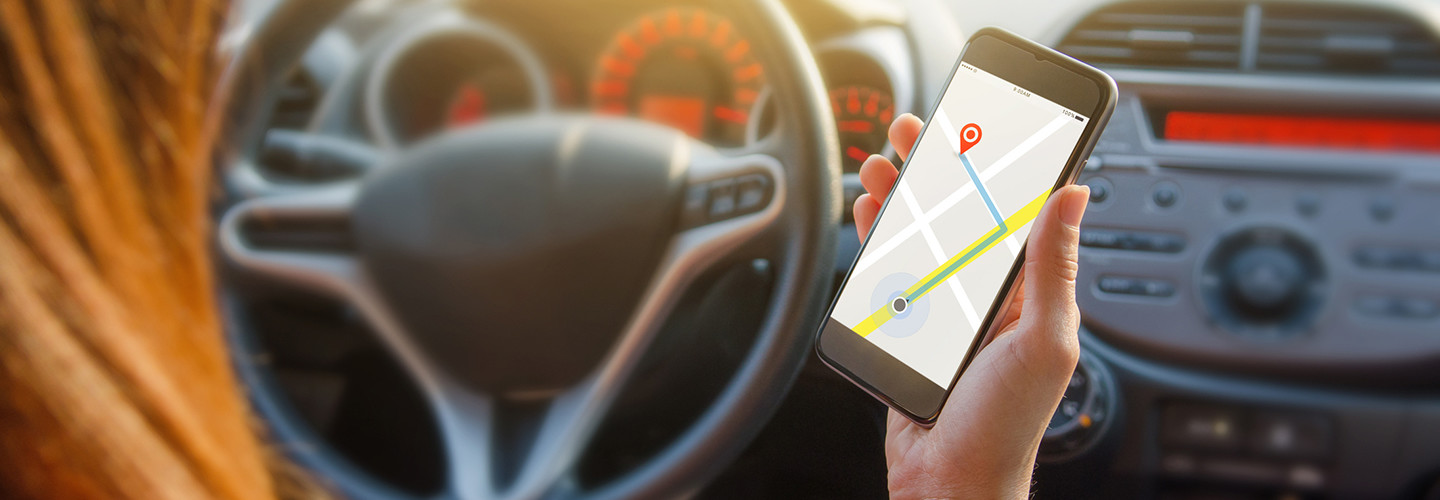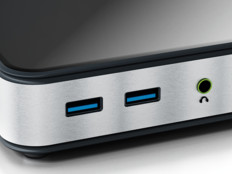Ultra-Accurate GPS Pilots a Precise Future for Businesses
While plans for drones delivering packages have yet to fully materialize, technology guiding these devices leaps forward. No longer focused only on how far drones can fly, researchers are developing systems that could dramatically change where drones go. As a result, the current practice of specifying “home” or “work” as the delivery destination for a package might soon seem old-fashioned. New technology will make ultraspecific delivery locations like “my back porch” a reality.
And beyond drones, ultra-accurate positioning could transform location-based applications in other industries.
GPS Location Technology Gets a Serious Upgrade
The driving force behind this development is the familiar global positioning system (GPS). This highly commoditized technology, present in many vehicles, smartphones and other devices today, allows users to easily get real-time location information and driving directions. But its accuracy is limited to a few meters, which means a driver could miss a road or a drone could drop a package in the wrong place.
But ultra-accurate GPS technology is becoming consumer-grade, smaller and less costly. Some ultra-accurate GPS devices are already in use by surveying and mapping companies, but are expensive and bulky.
Researchers at the Cockrell School of Engineering at the University of Texas at Austin hope to commercialize ultra-accurate GPS. A team led by Todd Humphreys, associate professor in the Department of Aerospace Engineering and Engineering Mechanics, has been developing a receiver called GRID, which extracts centimeter-level accuracy from the inexpensive antennae found in consumer mobile devices.
Existing mobile devices and tablets can be externally retrofitted with the system, and new devices could conceivably have chip-level processing in the future. The team is currently working with Samsung for a snap-on accessory.
Business Applications for Improved GPS Accuracy
This benefits could be far-reaching. For example, with car navigation, drivers could see the exact position of other vehicles, improving safety.
In gaming, Humphreys notes, the potential is boundless as well: “Imagine games where, rather than sitting in front of a monitor and playing, you are in your backyard actually running around with other players. To be able to do this type of outdoor, multiplayer virtual reality game, you need highly accurate position and orientation that is tied to a global reference frame.”
For now, the GRID system continues to evolve. Humphreys, UTA graduate student Ken Pesyna and several students from the school’s Wireless Networking & Communications Group have founded the startup company Radiosense to commercialize their location-based endeavors.








